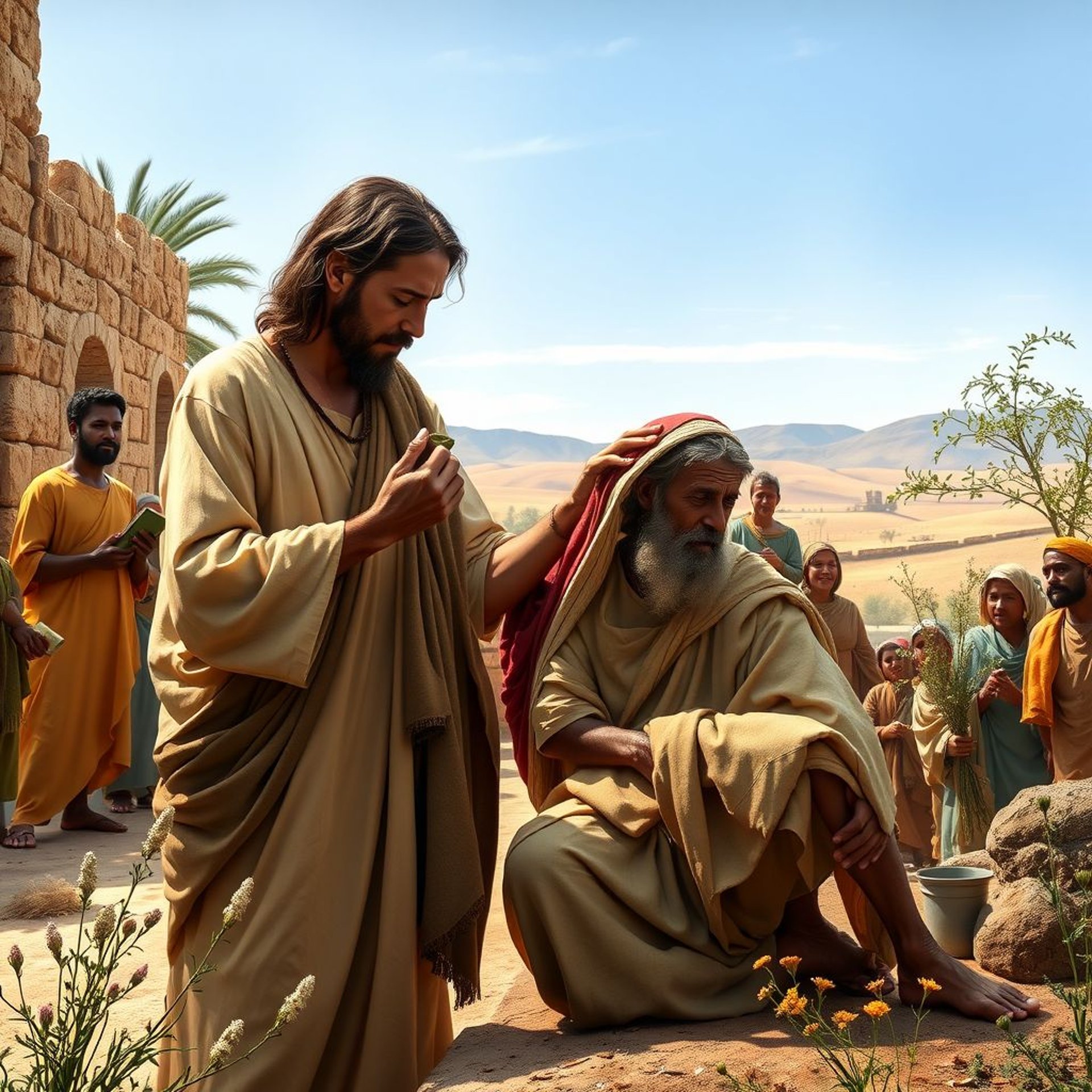
Miracles in Capernaum and Jerusalem (AD 32-33)
1. Miracles in Nazareth and Galilee (A.D 30-32)
2. Miracles on the Sea of Galilee (A.D 32)
3. Miracles in Capernaum and Jerusalem (A.D 32-33)
In 32-33 AD, Capernaum and Jerusalem became the backdrop for a remarkable series of miracles that captivated and astonished those who witnessed them. These extraordinary events highlight not just the sheer power of faith and divine intervention but also the deep compassion embodied in each act of healing. Documented in the Gospels, these stories remind us of the profound change that can come from acts of kindness and the transformative nature of belief.
15. Healing the Man Born Blind (John 9:1-41): One of the greatest stories during this time that takes place is the healing of the man born blind (John 9:1-41). When Jesus finds him, a less common response than just comforting words occurs. He then combines mud with His own saliva and tenderly spreads it on the man’s eyes. The miracle takes place when he comes back with new sight for the very first time after Jesus told him to wash in the Pool of Siloam. It is this miraculous act that restores his physical sight and ignites a powerful fire in his soul, igniting the knowledge that Jesus is indeed the Son of God. It’s a potent reminder of the way the miraculous can provoke spiritual metamorphosis.


16. Healing the Man with the Withered Hand (Matthew 12:9-14, Mark 3:1-6, Luke 6:6-11): The man with the withered hand is healed — Here, Jesus is in the setting of a synagogue, and He deliberately puts into question the strict understandings of the Sabbath laws. With courage, He calls the man to come forward and heal his hand, teaching an unequivocal lesson — it is mercy before tradition. Not only is the man physically healed, but there's also a tension that's developing, a tension around the religious leaders and the authority with which these things are being done. The miracle embodies a moment of defiance that espouses a revised version of compassion.
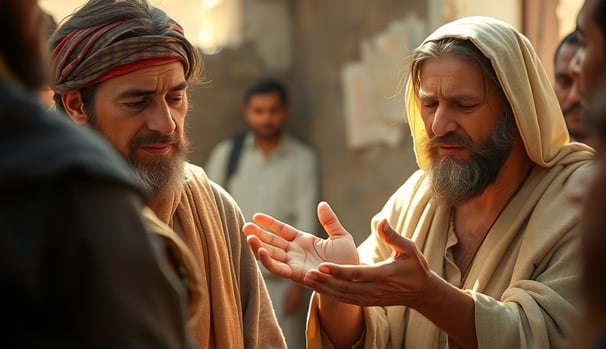

17. Healing the Bent Woman (Luke 13:10-17): The story of the bent woman, healed by Jesus as recounted in Luke 13:10-17, beautifully showcases His gentle yet profoundly compassionate nature. After enduring eighteen long years of suffering, the woman finds herself in a synagogue, where Jesus notices her plight. With great care, He calls her forward and places His hands on her, instantly restoring her posture and freeing her from her physical burden. This miracle does more than alleviate her pain; it courageously challenges the legalistic attitudes of those present, illustrating that love and healing must always come before strict adherence to rules. In that moment, Jesus reaffirms the value of compassion over tradition, inviting all to embrace a deeper understanding of grace.
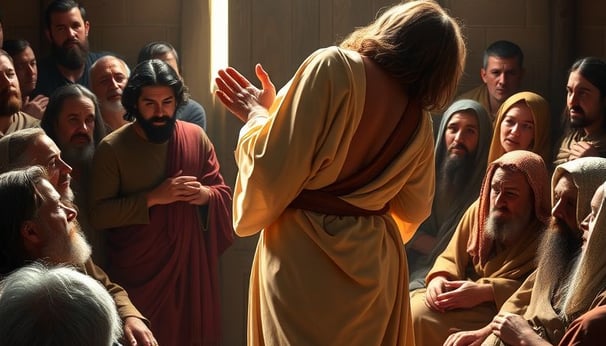

18. Healing the Man with Dropsy (Luke 14:1-6): In another extraordinary instance, Jesus meets a man with dropsy, as reported in Luke 14:1-6. This healing occurs at a Sabbath meal, where Jesus asks a provocative question of the religious leaders present: Is it lawful to heal on the Sabbath? In doing so, He challenges their inflexible interpretations of the law. As He heals the man, it is evident that genuine compassion knows no bounds of time and tradition, challenging all of those gathered to revisit their definition of righteousness. Jesus shows mercy by healing the man and teaching the surrounding people (and us!) that His mercy should trump legalism every time.
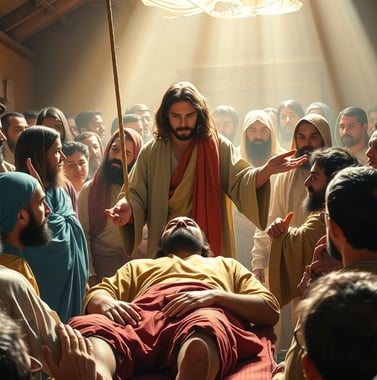

19. Raising the Widow's Son (Luke 7:11-17): The widow at Nain and the resurrection of her only son (Luke 7:11-17) is one of the most moving miracles. When he sees her weeping, drowning in grief, his heart goes out to her in pity at her fate. In a small, soft yet astonishing, commanding voice, He says to the young man, “I say to you, arise!” At that moment, the young man wakes up and wants to step back into life, and the crowd is astonished. Not only does this miraculous event reunite the son with his grieving mother, but it serves as a powerful testament to the authority of Jesus over death itself. It is a fine example of His deep empathy for human suffering and makes it clear that, in times of desperation, He brings hope.
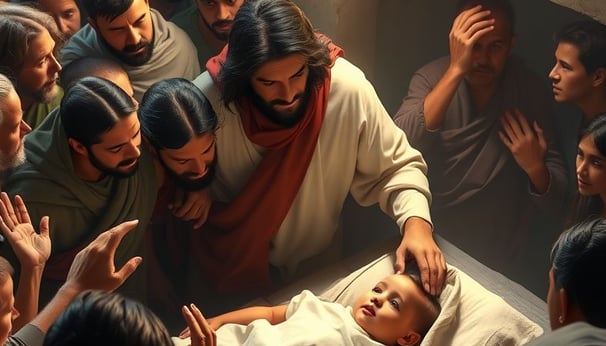


Why did Jesus use mud to heal the man born blind? Watch the video and find out.
20. Healing the Deaf and Mute Man (Mark 7:31-37): In Mark 7:31-37, we read the heartwarming account of Jesus healing a deaf and dumb man. In close quarters, this miracle plays out as Jesus comes directly in contact with the man, putting His fingers in his ears and touching his tongue. He gazes up to heaven before performing the miracle and lets out a deep sigh, showing His empathy and affinity for the man’s plight. With a compassionate directive — “Be opened!” — the man’s disabilities are instantaneously removed, and he starts to hear and speak freely. Not only does this act demonstrate the power of Jesus, but it also shows His personal knowledge of the struggles of each individual person and the relationship He has with those He heals.
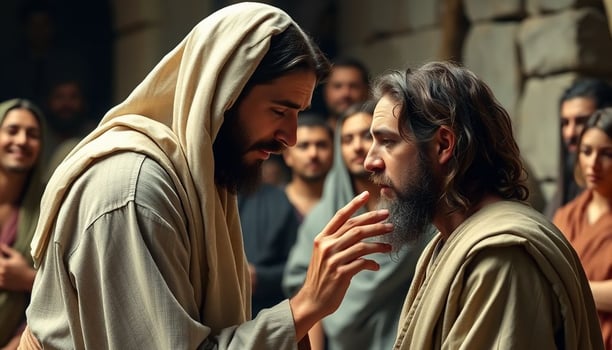

MIRACLES IN CAPERNAUM AND JERUSALEM

Watch the video
Contact Us


Want to know more? Our "Question and Answer" area is here to answer your questions and start important conversations.
Faith
Exploring the biblical truth and knowledge.
COMMUNITY
+55 95 98117-7630
© 2024 - 2025. All rights reserved.
Hamillton Rice Street 114 - Boa Vista- RR - BR
